2014 Projects
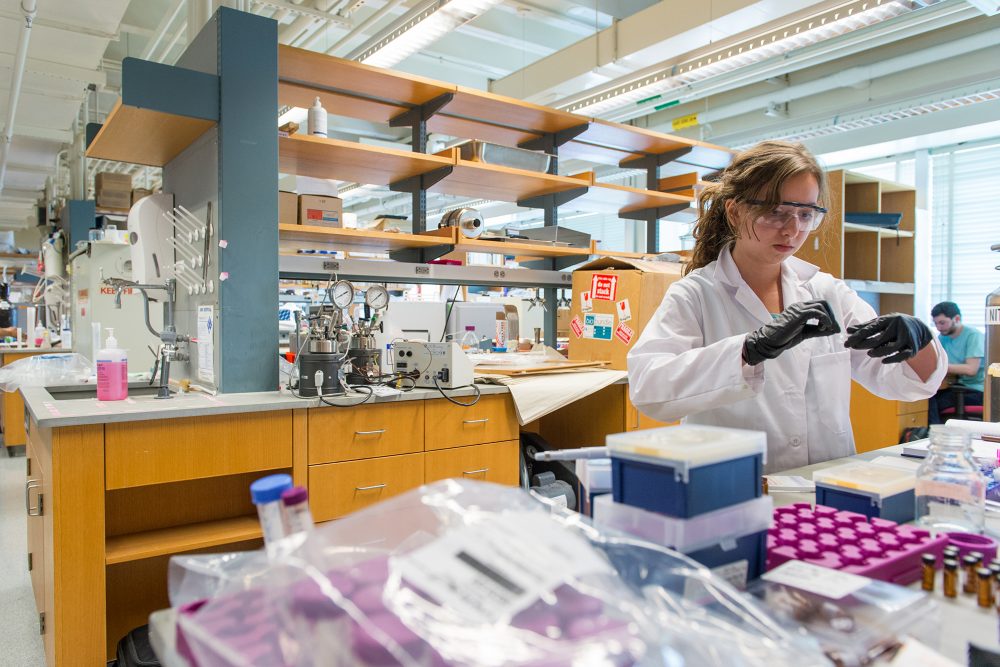

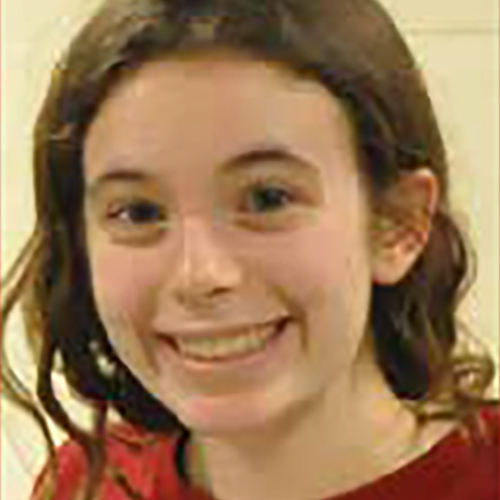 |
Melanie AbramsBiology Advisor: Gerald Fink, BiologySponsor: Lockheed Martin Investigating yeast as a source of heavy alcohols for efficient biofuel I worked on a multi-part project with the goal of producing heavy alcohols with yeast for more efficient and sustainable biofuels than ethanol. For example, one of the sub-projects I worked on involved running and analyzing fermentations of strains transformed with components of the metabolic pathway for isobutanol that had reduced ethanol production to see if that allowed the cells to use more of the available glucose to produce heavy alcohols. Another sub-project involved screening for nanobodies from a library designed to block an enzyme in the ethanol pathway. I enjoyed learning techniques of lab work, and I also enjoyed learning how to look at the results of an experiment and try to figure out what it means and how to address it. This summer gave me a glimpse of what is involved in research and has encouraged me to pursue a career in energy in the future. |
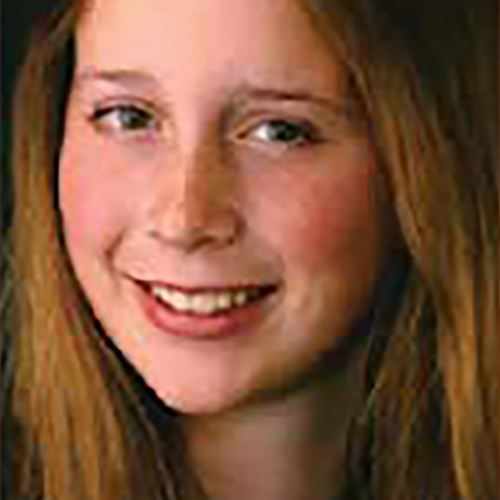 |
Madeline AbyElectrical Engineering and Computer Science Advisor: Tomás Palacios, Electrical Engineering and Computer ScienceSponsor: Ernst & Young Graphene-based supercapacitors The goals of the project I am working on are to improve upon graphene-based supercapacitors and to work on making these devices cheap, flexible, and scalable. Supercapacitors are a type of capacitor in which charge is stored at the boundary between the electrodes (usually made of carbon) and an electrolyte. They are very promising for energy storage and delivery because of their high power density compared to batteries and high energy density compared with conventional capacitors. A very interesting part of my UROP experience was getting to work in the cleanrooms at MIT in order to fabricate some of these devices. It was also very rewarding to start a project from nothing and see it progress to some working capacitors. The Energy UROP program has led me to consider pursuing energy-related research or a career in the energy field post-graduation. |
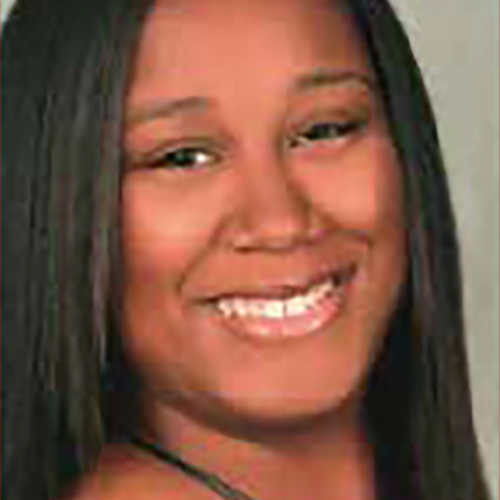 |
Jordan AddisonElectrical Engineering and Computer Science Advisor: Tomás Palacios, Electrical Engineering and Computer ScienceSponsor: Friends of MITEI 3D printing with embedded electronics The goal of my project this summer was to improve the quality of graphene solutions for use in inkjet printing. Graphene—a one-atom-thick carbon lattice—has amazing electrical properties and mechanical ruggedness. Its mechanical strength makes it an ideal candidate for use in flexible electronics, and it is useful in optoelectronic devices like solar panels because of its transparency along with its high conductivity. Fabricating these kinds of devices—and many others—could be much more efficient with the use of a straightforward process like inkjet printing. Working on this project has shown me the scale of impact that nano and microelectronics can have on the very large issue of energy consumption. |
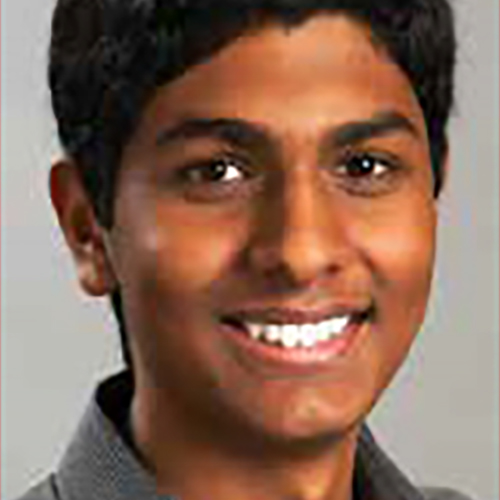 |
Dheevesh ArulmaniChemical Engineering Advisor: Donald Sadoway, Materials Science and EngineeringSponsor: Alfred Thomas Guertin ’60 Selective membrane development for high voltage liquid metal batteries My research focused on the development of ion-selective membranes for the next generation of high-voltage liquid metal batteries. Composed of two liquid metal electrodes and a molten salt electrolyte, these cells facilitate high power densities and cyclability for cost-effective grid-level energy storage. However, the miscibility of the reactant species inhibits the coulombic efficiency of these batteries. My research has focused on the development of various ion-selective membranes to alleviate this constraint. Through this research, I have acquired a range of experiences in electrochemistry, thermodynamics, metallurgy, electrochemical stability, corrosion, and X-ray/spectroscopic analyses. I particularly enjoyed the opportunity to be immersed in an environment very much conducive to cutting-edge and innovative thinking. Observing the transition of ideas from the research at Group Sadoway to Ambri, the startup that was spawned from the lab, has provided a very unique and rewarding insight into the energy industry and a possible career in the energy space. |
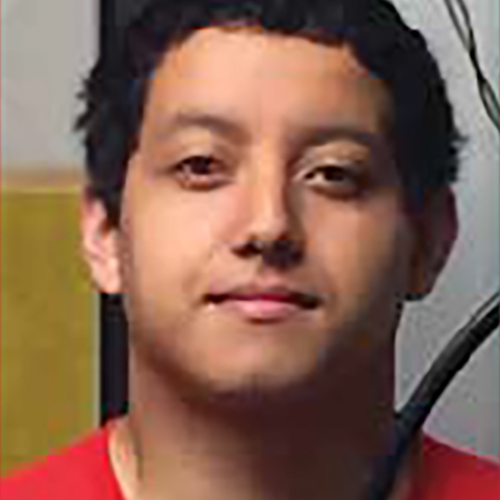 |
Raul BarrazaMechanical Engineering Advisor: Leslie Bromberg, Plasma Science and Fusion CenterSponsor: Tata Center for Technology and Design Engine reforming for methane The purpose of this project is to create a two-step conversion process that converts natural gas into liquid fuels. My specific Energy UROP project is focused around elucidating specific engine properties, such as inlet pressure and equivalence ratio, that are required to convert methane into syngas—a necessary step in converting natural gas into liquid fuels. I enjoyed this project because it gave me the opportunity to work with an engine and some electronic components. With regards to my future in energy, I cannot say with certainty that this project has influenced me to follow such a path. It is too early in the project for me to see the impact that this research will have on the world, in terms of energy, as I will be continuing the project into the fall. This project has shown me that I want to focus my career in the automotive industry, as I really enjoy the automotive component of the project. |
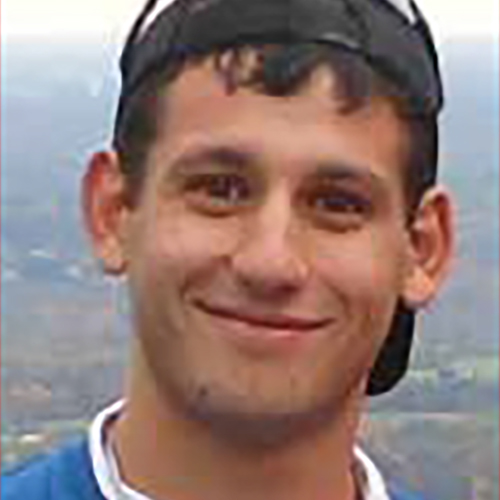 |
Dillon BattagliaMechanical Engineering Advisor: Steven Barrett, Aeronautics and AstronauticsSponsor: Lockheed Martin Quantifying aviation biofuel potential This summer, my project involved a meta-study for the International Civil Aviation Organization (ICAO) on the potential for the use of aviation biofuel by the year 2050. I enjoyed learning more in-depth about biofuel energy as a whole. I knew the basics of biofuels and their importance in the energy debate, but examining different studies afforded a much larger breadth of knowledge on the topic. It afforded me the opportunity to examine trends in biofuels use in the aviation industry, and how additional use might be affected by availability of feedstock, public policy, and other social consequences of biofuels production. The UROP helped me identify in which ways I work best, and what environments and factors enable me to be the most productive. |
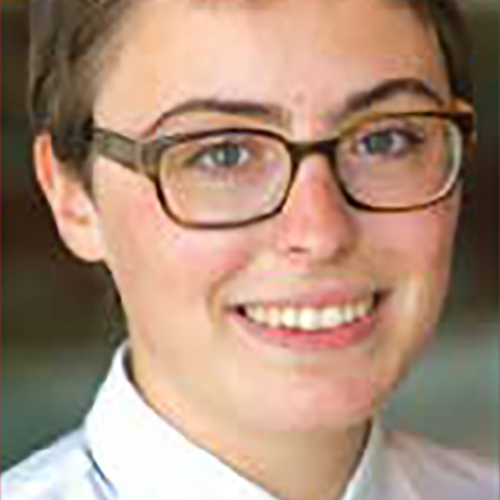 |
Jean BauerMechanical Engineering Advisor: John Germaine, Civil and Environmental EngineeringSponsor: Schlumberger Mathematical modeling of cement nanocomposites containing carbon nanotubes This summer, my research investigated the electrical properties of cement-carbon nanotube and carbon fiber composites. Specifically, I studied results received from lab tests and experimented with different numerical methods to build a MATLAB model of these composites’ properties. With a strong understanding of their piezoresistive properties, cement nanocomposites could be used in oil wells to monitor the condition of the well casing. It might happen that the cement surrounding the main steel casing of an oil well cracks under the extreme temperatures and pressures found downhole, but being able to monitor the condition of this cement in real time could help detect where such cracks might occur, and prevent potentially disastrous oil spills. Thus, while oil remains such a significant global source of energy, this research is important to improve the safety and lessen the environmental impact of the oil drilling process. |
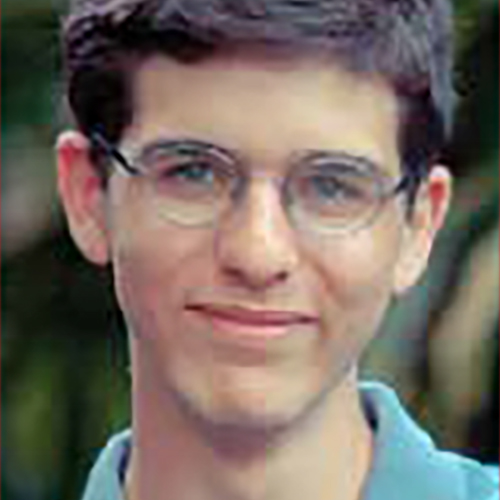 |
Marcus BoorstinElectrical Engineering and Computer Science, Mathematics Advisor: Pattie Maes, Media Arts and SciencesSponsor: Lockheed Martin LuminAR: Steelcase education and transition to a new system During the summer of 2014 I UROPed with the LuminAR project, part of the Fluid Interfaces group of the Media Lab, as a continuation of a UROP I began during IAP 2014 and continued through spring. LuminAR is a projected augmented-reality platform built from a small projector, camera, and wireless computer squeezed into a lamp-like form factor. Essentially, LuminAR transforms any surface into a gigantic touch screen capable of interpreting multi-touch gestures in three dimensions and other “natural’’ ways of interfacing with a computer. The user is then able to use LuminAR as they would a normal computer, but with added capabilities specifically designed to take advantage of its unique capabilities. LuminAR therefore suggests exciting possibilities in the growing world of augmented reality. My projects over the summer included a complete classroom educational system, a backend to allow app developers to interface with serial devices such as Arduinos via a simple API, a quality control tracking system for use by manufacturers, and various internal tools to ensure software consistency across the LuminARs. |
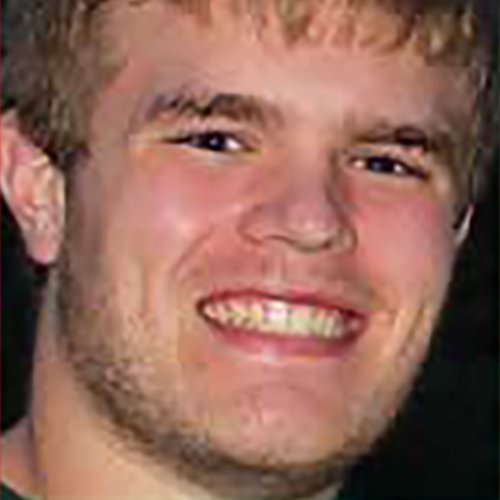 |
John BrownMechanical Engineering Advisor: William Green, Chemical EngineeringSponsor: BP Automatic reaction generation network for chemical kinetics This summer, I increased representation of known molecular properties to the Green Group’s Reactor Mechanisms Generator (RMG) website by displaying more databases and search modules. The website works with the languages Python and Django, both of which helped me improve my ability to code in order to conduct the research. A skill that I vastly improved in this project was the ability to interpret the code of others. Much of my coding involved looking at how databases and modules already in the website were coded, and making changes to those blocks of code in order to represent other databases and modules. My ability to comment code and make my own code more readable also improved throughout the summer. This project interested me because of the interdisciplinary applications of the website. It was neat to see how my representation of chemical properties on the website were able to help researchers study reactions far beyond my current understanding. |
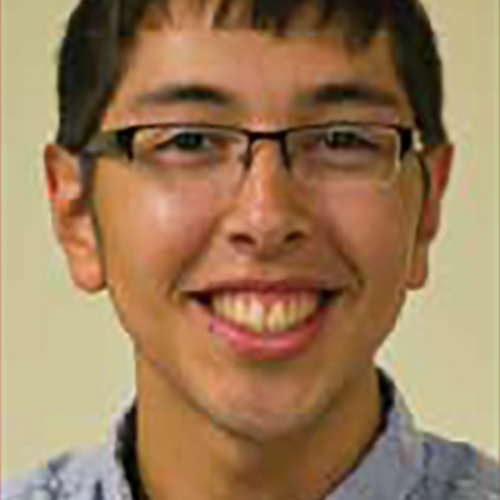 |
Manuel CastroMechanical Engineering Advisor: Evelyn Wang, Mechanical EngineeringSponsor: Lockheed Martin Study of energy conversion for jumping droplets on superhydrophobic surfaces via electrowetting Condensation is a commonly used means of cooling many industry processes from power generators to HVAC systems. This can be done with filmwise condensation where a film of liquid forms on the surfaces of condensers or dropwise condensation where discrete drops form on hydrophobic surfaces, eventually collect, and fall. However, research done at the Device Research Laboratory has shown the method of jumping droplet condensation increases heat transfer by 30-40% compared to state-of-the-art dropwise condensation utilized currently. Jumping droplet condensation occurs on a scale several orders of magnitude smaller than dropwise condensation when droplets coalesce on a superhydrophobic condenser and surface energy is converted to kinetic energy, allowing the drops to jump away from the condenser, even against gravity. I worked on understanding this phenomenon, coating superhydrophobic surfaces, and running experiments using Electrowetting on a Dielectric Surface (EWOD) where high-speed footage was taken and analyzed using a MATLAB program I wrote. I calculated surface energy and its conversion to potential energy to better understand this phenomenon. I plan to continue working in the lab and study more complex manipulations of a droplet like the effects of resonance. |
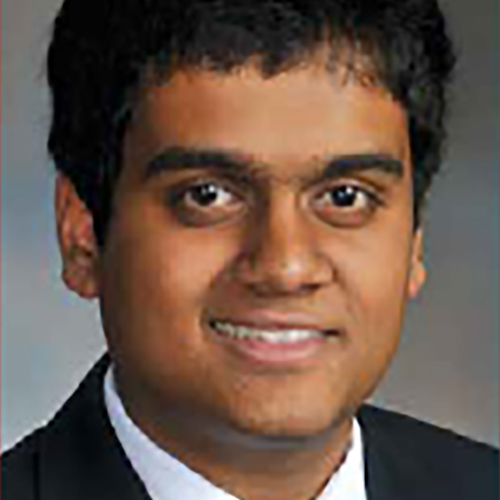 |
Krithivasan ChandrakasanMechanical Engineering Advisor: Vladimir Bulović, Electrical Engineering and Computer ScienceSponsor: Ernst & Young Large area quantum dot solar cells My research project focused on the development of a large area transparent quantum dot photovoltaic. Quantum dot solar cells are solution processed thus easier to manufacture and lower cost than silicon solar technology. I learned various techniques in order to fabricate these devices including spin coating and sputtering. We investigated various transparent electrode materials and developed a new device architecture that would allow us to create large area quantum dot solar cells. These devices were tested to determine device efficiency and other important metrics. We also looked into the effects of humidity on the devices and fabricated devices in two different labs to compare the results. The goal of this project was to integrate these large area transparent cells into a consumer device. |
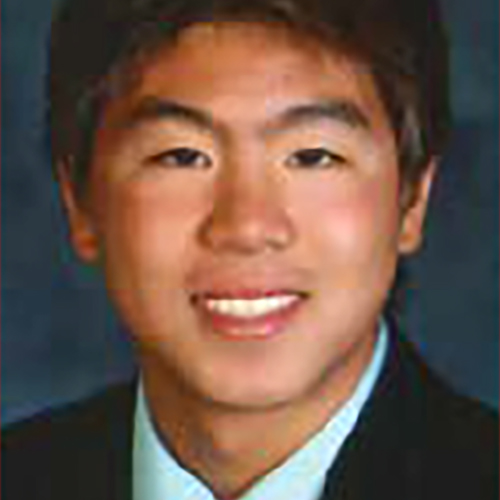 |
Michael ChangElectrical Engineering and Computer Science Advisor: James Bales, Edgerton CenterSponsor: Jerome I. ’51 ScD ’56 and Linda Elkind Optimizing energy use for MIT Solar Electric Vehicle Team’s solar car The challenge associated with a solar car’s dependence on sunlight is to maintain enough battery capacity to drive, regardless of the weather. That is why I built a software program that optimizes the energy use of the MIT Solar Electric Vehicle Team’s solar car. Nothing was more satisfying than working as part of a larger team to accomplish the enormous, multi-layered, and interdisciplinary project of building a solar car. I have always been interested in energy innovation, and this UROP was a great opportunity for me to contribute to this field; energy will undoubtedly be a part of my career at MIT and beyond. Lying at the intersection of energy and artificial intelligence, my project introduced me to a broader perspective of energy than I had before. As energy continues to be an ever-urgent world issue, my research has shown me that the opportunity to innovate has never been greater. |
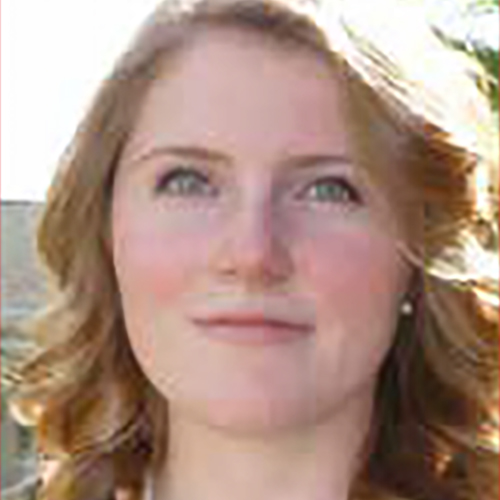 |
Caroline ColbertMechanical Engineering Advisor: Michael Short, Nuclear Science and EngineeringSponsor: Lockheed Martin Self-powered thermoelectric radiation detectors The goal of this project was to design and build a self-powered neutron radiation detector composed of a thermoelectric generator coated with a material of high neutron cross section connected to an energy-harvesting circuit and LED. As the detector is intended to be powered by the neutrons whose presence it detects, its success in detecting high-energy neutron generated by MIT’s fusion reactor, Alcator C-Mod, would represent the first recorded use of fusion products to directly generate energy. I particularly enjoyed the level of independence I was given to make my own choices related to the detector’s design and material composition. My experience this summer confirmed my choice of nuclear engineering as a major and gave me new insight on the wide range of energy-related research taking place at MIT. |
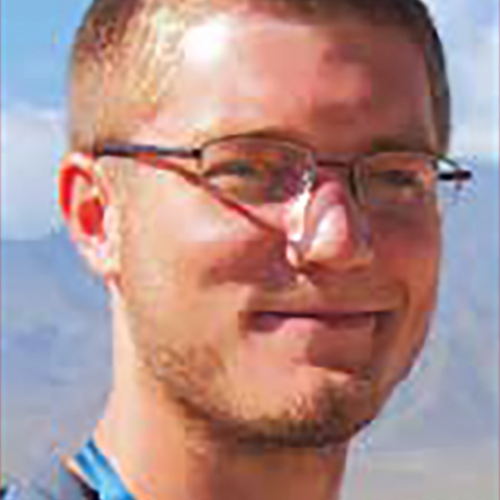 |
Benjamin CollinsMechanical Engineering Advisor: Maria Yang, Mechanical EngineeringSponsor: Tata Center for Technology and Design Prototype-driven participatory design in emerging markets The goal of my project was to determine the optimal application(s) of a solar thermal fuel currently being developed at MIT. The scope of the research was focused specifically on India. As part of the project I traveled to India with a team of individuals from MIT. In India we gathered information regarding typical energy usage and interviewed homeowners, business owners, teachers, community leaders, and others to gain a better understanding of energy usage in India. Spending an extended period of time immersed in the Indian culture was an amazing experience. I learned a tremendous amount about the Indian people and was lucky enough to spend time in some of the most beautiful places on earth. My work in India opened my eyes to other opportunities and sparked my interest in working with technology companies investing in developing and emerging markets. |
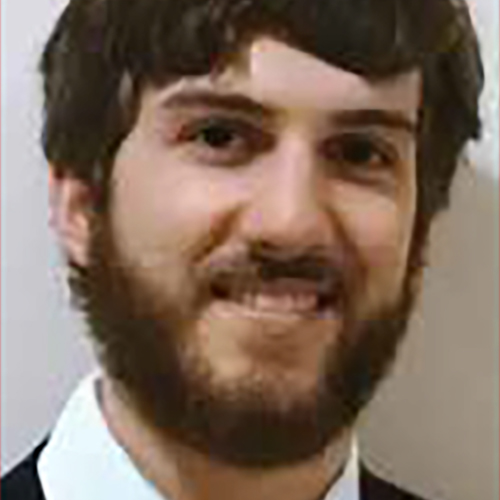 |
Wesley CoxMechanical Engineering Advisor: Alexander Slocum, Mechanical EngineeringSponsor: Lockheed Martin Design and analysis of a novel non-linear load cell The goal of my project this summer was to design, fabricate, and experiment with a novel load cell design that functions nonlinearly. In other words, we created a device that measures force given a displacement in such a way that the stiffness of the device increases as the force increases. This makes the load cell capable of processing small inputs with high accuracy while still being able to function under much greater forces. This design can be used in a variety of scenarios, such as ambient energy harvesting. I enjoyed this project quite a bit, since I had the opportunity to build, test, and analyze on my own. I was given the authority to make judgment calls that impacted the final design, which is more than I thought I would get as a freshman. I was very happy with my time spent this summer. It was a great way for me to expand my knowledge. |
 |
David FellowsAeronautics and Astronautics Advisor: James Bales, Edgerton CenterSponsor: Alfred Thomas Guertin ’60 Developing mechanical systems for a solar electric vehicle During my UROP, I was tasked with determining the most efficient way to implement mechanical systems such that a solar electric vehicle could effectively operate in outdoor conditions. In order to do this, I tested, designed, and fabricated necessary mechanical subsystems with the MIT Solar Electric Vehicle Team, including braking, suspension, steering, and chassis. I particularly enjoyed learning how to fabricate my own designs through machining, as well as learning how to optimize the different parts of the solar vehicle. Working on this vehicle definitely impacted me as it made me realize that solar energy is a viable resource, as it was surprising to see that at peak performance, our vehicle could drive at roadway speeds utilizing only the power of the sun. In the future, I will be very interested in seeing how I can tie energy research into my future career as it is such a powerful resource. |
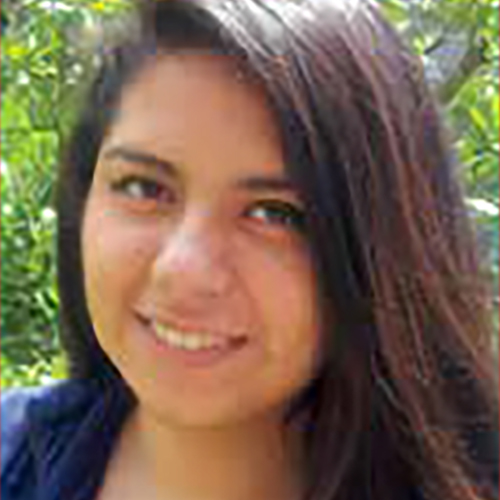 |
Dayanna Espinoza SilvaElectrical Engineering and Computer Science Advisor: Michael Bove, Media LabSponsor: Lockheed Martin Big Bar Chart The project I worked on during the summer is called the “Big Bar Chart,” and its goal is to provide a physical way for people to interact with data. I particularly enjoyed debugging my code using circuits and motors. This helped me to understand how the interface between computers and hardware works. In the long-term, “Big Bar Chart” could be applied as an educational tool for people to use interactive statistics to improve the use of energy resources. I got very interested in this field because, in order to get a better long-term efficiency of the project, we need to look for special batteries that can last for a longer time so we do not have to assemble the bars every time the batteries run off of power. This necessity made me realize that computer science and energy are a great combination. I would be extremely happy to pursue this combination in the future since both make technology unstoppable. In addition, my UROP provided me with my first job and research experience, which helped me to improve my team work skills and learn how to deal with failure and success. |
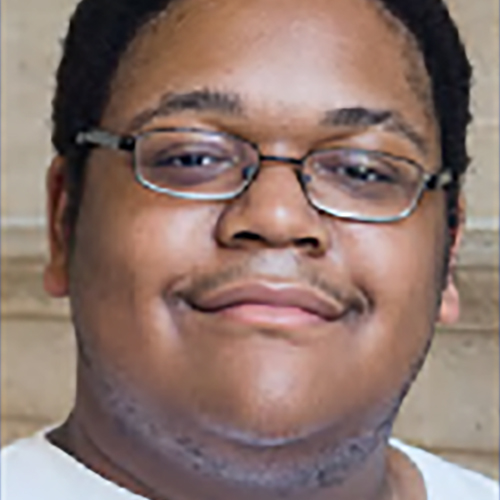 |
Jacob FisherMechanical Engineering Advisor: Daniel Frey, Mechanical EngineeringSponsor: Lockheed Martin Investigating battery pack manufacturing methods for small electric vehicles My research project was to work with the Electric Vehicle Team to brainstorm and develop methods of manufacturing battery packs for small electric vehicles such as electric bicycles and scooters, in addition to continuing development of a custom cell-level management system for these battery packs. Being able to safely construct small battery packs is important, as the price of batteries is a major factor in cost for electric vehicles. In the case of small electric vehicles, it may be cheaper to buy individual battery cells rather than premade packs. My primary focus was the design, construction, and testing of a low-cost spot welding machine intended to electrically and mechanically adhere the battery cells together. This opportunity gave me a chance to practice the skills I had learned in both mechanical and electrical design over the past year. Working with the Electric Vehicle Team has sparked an interest into potentially working with electric vehicles in the future. |
 |
Fiona GrantMechanical Engineering Advisor: Evelyn Wang, Mechanical EngineeringSponsor: Philip Rettger ’80 Developing experimental methods for characterizing efficient thermophotovoltaic conversion and characterizing solar driven thin-film evaporation through nanoporous membranes This summer I worked on optimizing the performance of two solar devices. The goals of the first project were to characterize and improve the performance of solar thermophotovoltaic cells. STPV cells offer an alternative and potentially more efficient way to harvest solar energy because they can store light energy as heat. The second project investigated the efficacy of vapor generation through the thin-film region of menisci formed in nanoporous membranes. The ultimate goal is to incorporate this vapor generation method into a high-performance, compact solar thermal power and cooling system. I knew before this summer that I wanted to pursue a career in energy, but this UROP has enabled me to explore renewable energy research and discover a myriad of topics that pertain to energy. I particularly enjoyed the independent, collaborative environment of the Device Research Lab and learning to transform a design or model into an experimental device. |
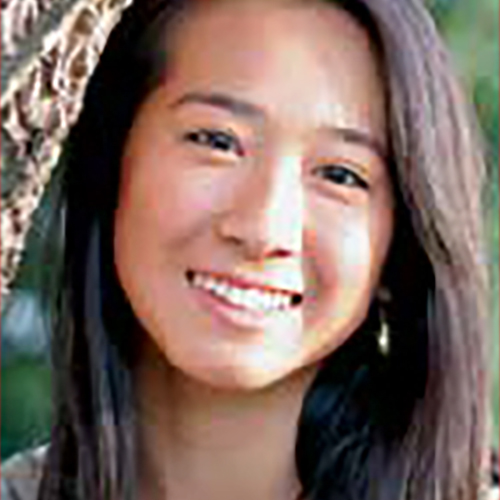 |
Stephanie GuoMechanical Engineering Advisor: John Germaine, Civil and Environmental EngineeringSponsor: Schlumberger Carbon nanotubes as piezoresistive sensors in cement This summer, I conducted an Energy UROP in collaboration with Schlumberger-Doll Researchers and the department of Civil and Environmental Engineering at MIT. My project was focused on the analysis and characterization of the mechanical performance of cement containing functionalized carbon nanotubes/fibers used in oil wells. Specifically, I worked with using carbon nanotubes/fibers as a means of real-time sensing of mechanical stress put upon cement, to better keep track of borehole conditions. I particularly enjoyed my project because I was able, for the first time, to experience work in a real laboratory. I met many interesting and brilliant people and learned a lot. My work this summer definitely has influenced me to think more about pursuing energy. I’ve been able to see how important energy and energy-work is. |
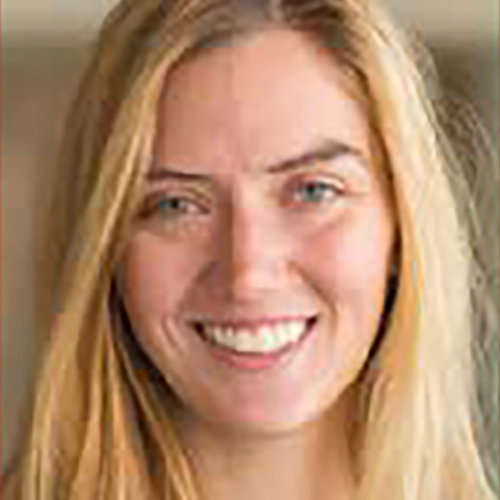 |
Amelia HelmickMaterials Science and Engineering Advisor: Krystyn Van Vliet, Materials Science and EngineeringSponsor: Schlumberger Design and understanding the properties of advanced materials for oil-field applications Polymers and polymer composites provide the benefits of their excellent mechanical strength to open channels used in oil-field applications. Surface treatment of these polymers allows more control of the material behaviors under downhole environment. I worked at Schlumberger’s research facilities, which was a valuable experience because I got to the see how industry and research can work together. I enjoyed researching within the energy field and the discussions I had with co-workers. I also learned that there is a wide range of energy topics, including a lot more work with materials engineering than I thought. This experience was really gratifying and I am excited to work in industry more so than in pure research, which this Energy UROP gave me the opportunity to experience. |
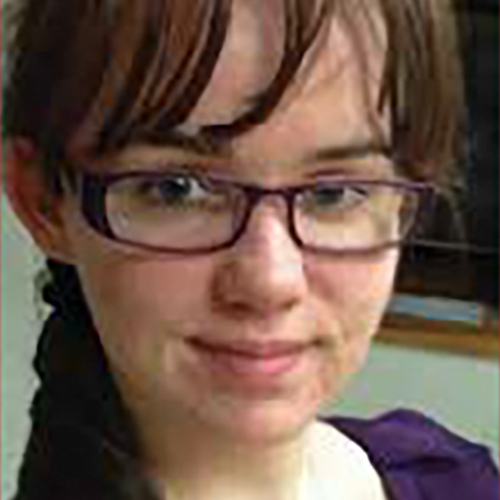 |
Maura HennesseyMaterials Science and Engineering Advisor: Jeffrey Grossman, Materials Science and EngineeringSponsor: Lockheed Martin Designing a prototype to test solar thermal fuels This summer, my project was to synthesize a catalyst for the solar thermal fuel project in the Grossman Group. Solar thermal fuels are a source of renewable solar energy without harmful emissions. My goals for this project can be stated in three simple parts: to synthesize a catalyst which would aid in discharging the energy stored by the sun; to measure the materials’ efficacy as a catalyst; and to find different ways to apply the catalyst to the solar thermal fuel and/or potentially explore other materials as catalysts. Along with learning how to use different types of laboratory equipment, I really enjoyed learning the different ways to synthesize and purify materials. My Energy UROP opened my eyes to the different types of energy research, and showed me that my skills and interests can be applicable in energy-related fields, on both the individual and the global scale. |
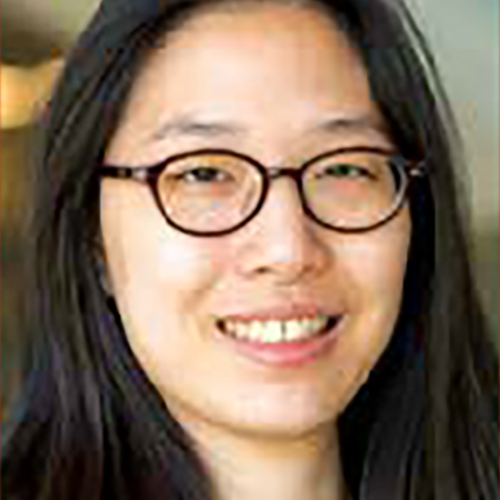 |
Gloria HyunCivil and Environmental Engineering Advisor: John Germaine, Civil and Environmental EngineeringSponsor: Schlumberger Expanding cement to prevent cracks in oil well applications The goal of my research was to find proper cement composites to be used in oil well applications. The casing is drilled down to the foundation and cement is poured down to fill the annulus, but the casing might shrink or the foundation might shift, so cracks could form. We wanted the cement to expand on its own to fill the crevices. I liked that I am gaining necessary lab experiences and that I am working with cement and liquid nitrogen. The research certainly made me think about pursuing energy after MIT. I am also thinking about pursuing career in policy-making regarding climatic changes. As a student the research experience let me get a feel for what it is to become a researcher and to help me decide what I want to do after graduation. |
 |
Jason HyunChemical Engineering Advisor: Kristala Jones Prather, Chemical EngineeringSponsor: Shell International Microbial synthesis of branched alkanes My project involved evaluating genes in the aldehyde decarbonylase family (ADCs) as part of a larger endeavor toward synthesizing short-chain alkanes (major gasoline constituents), from sugar in engineered E. coli strains. I tested ADCs known at the Prather Lab against “ECERIFERUM1,” a gene in a recent publication with purportedly unprecedented levels of ADC activity, wherein ADCs remained the bottleneck in the lab’s overarching alkane biosynthesis project. I particularly enjoyed my opportunity to work in a “wet lab” for the first time, working with physical cells as opposed to simulation work I had done earlier. Having learned more about the potential and limitations of drop-in biofuels from my project, I would like to explore conventional fuels and other approaches to sustainable transportation, but I would also be excited to continue work on alkane biosynthesis, at MIT or elsewhere. Finally, my exposure to the lab has taught me much about the potential of biotechnology, and I would welcome future opportunities in that field which I had not even considered prior to my Energy UROP. |
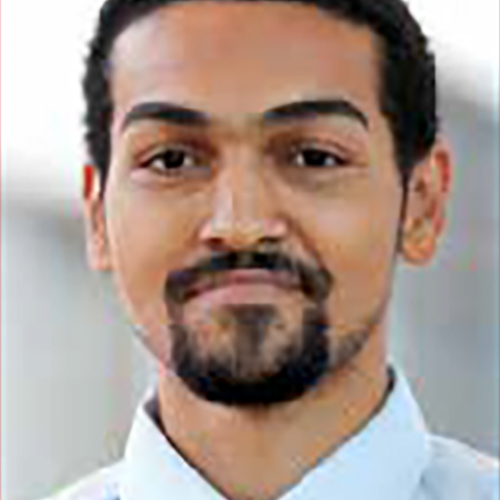 |
Joseff KolmanPhysics and Political Science Advisor: Chris Warshaw, Political ScienceSponsor: MITEI Seed Fund Public opinion and state energy policy The goal of my Energy UROP was to aggregate both public opinion and policy data pertaining to energy issues in the United States. The concept of a “database of information” became much more tangible to me as the processes of modifying and analyzing our data showed me the uses for databases, how they work, and how to analyze them. Additionally, it is important to understand the impacts technologies and policies are having on our environment and this UROP helped me become better informed. Previously, I held the perspective that the status of energy and the environment in the USA was that of a stagnant debate. Although things are moving slowly, I now see there is some progress being made. This research gave me additional motivation to apply the strategies I learned to a policy field in which I hold more passion: education. |
 |
Wendi KongChemical Engineering Advisor: William Green, Chemical EngineeringSponsor: BP Rate calculations for insertion reactions using a novel approach: Ring polymer molecular dynamics The overall goal of the project for me was to successfully run RPMDrate for particular insertion reactions, and collect data in the process, ultimately developing the scope of application for RPMDrate. I enjoyed the fact that in the process of working in this UROP, as an aspiring course 10 major, I gained experience and exposure in the scope of chemical engineering. I therefore got a taste of future career options in the field. My Energy UROP research made me realize how many things could be applied to the energy field, and how wide and interesting a scope it was. This UROP project gave me a little more insight into what I wanted to pursue for a career. |
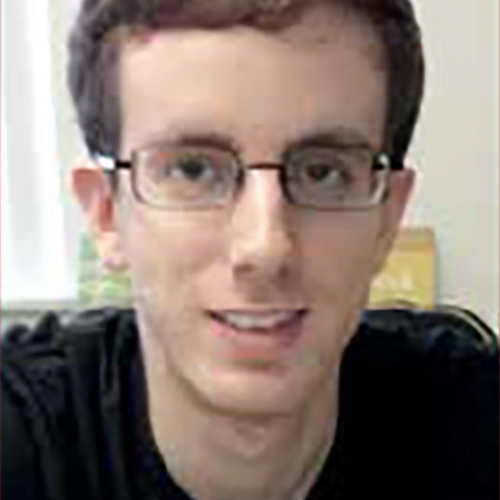 |
Alejandro KrauskopfChemical Engineering Advisor: Yuriy Román, Chemical EngineeringSponsor: Chevron Design of organic structure-directing surfactants for synthesis of zeolite nanosheets for acid catalysis My summer research project in Professor Yuriy Román’s group in the Department of Chemical Engineering focused mainly on the development, characterization, and testing of hierarchical zeolites, otherwise known as zeolite nanosheets. Zeolites are a type of catalyst with microporous, crystalline frameworks, and with highly active acid sites. For my project, I screened various conditions in which to synthesize zeolite nanosheets, which possess the advantage over regular zeolites in that they have improved molecular diffusivity properties. This makes hierarchical zeolites desirable in industry, particularly in the petrol section, as these catalysts can be used in biofuel upgrading reactions. This summer project was a continuation of my first UROP, which I started during the spring semester. I was not sure before how chemical engineering could be used in the field of energy, but now I feel that I know more about the energy applications of chemical engineering. |
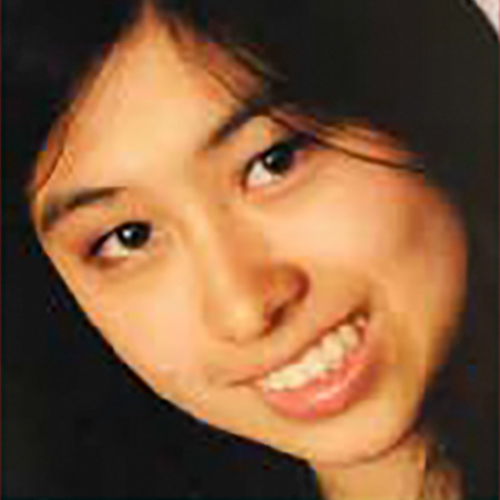 |
Sophia LiBiological Engineering Advisor: Anthony Sinskey, BiologySponsor: Alfred Thomas Guertin ’60 Improving the efficiency of carbon fixation in Ralstonia eutropha with carbon-concentrating microcompartments In order to address global warming and sustainable energy problems, I aim to improve the bacteria Ralstonia eutropha’s ability to use CO2 as the carbon source for valuable products such as biodegradable plastic and biofuels. To optimize carbon fixation through a carbon-concentrating mechanism, I introduced carboxysomes, or protein-based organelles, in R. eutropha strain Re2061. I found that the carbon-fixation enzymes, carbonic anhydrase and RuBisCO, have up to 11.4 times and 2.5 times higher enzyme activities, respectively, compared to a control strain without carboxysomes. I also determined that carboxysomes in R. eutropha strain H16 led to greater cell growth on CO2 or formate, but led to a decrease in product formation of the plastic PHB. Thus, I have shown the utility of carboxysomes in improving carbon fixation in nonnative microorganisms, while demonstrating that other factors, such as carboxysome assembly, may interfere with plastic formation. In the future, I will continue to verify carboxysome assembly and function in Re2061 by demonstrating that the higher enzyme activity and cell growth were due to the carboxysome’s carbon-concentrating mechanism. Finally, I will assess whether carboxysomes enhance R. eutropha’s ability to grow and produce biofuels such as isobutanol when grown on CO2 or formate. |
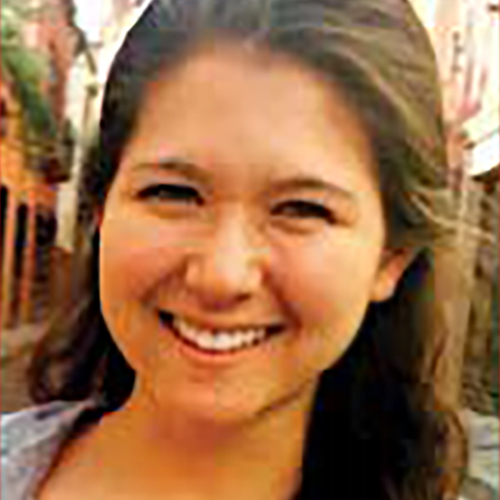 |
Melissa McGeeMaterials Science and Engineering Advisor: Michael Strano, Chemical EngineeringSponsor: Chevron A plant nanobionic approach to developing self-repairing photosynthetic materials During the summer, I worked on two different projects—an auto-luminescent plant using nanoparticles, and a photosynthetic self-repairing polymer. I particularly enjoyed being able to independently work on projects designing my own protocols, performing my own experiments, and analyzing my own data. I would discuss this with my postdocs, they would give me feedback, and then I would continue on with different experiments based on the results. My UROP research showed me how interesting, fun, and important lab research is, no matter the topic. The energy sector requires a lot of research, so this UROP showed me that an energy-related field could be a possible career path that involves laboratory research. I enjoyed my UROP experience so much that I am staying with this UROP through the fall term so that I can continue with my research. |
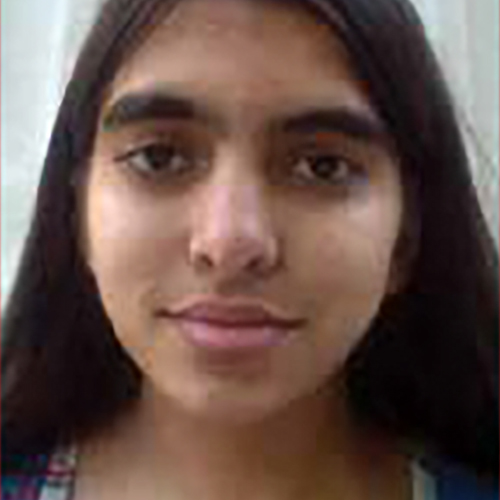 |
Elaine McVayElectrical Engineering and Computer Science Advisor: Tomás Palacios, Electrical Engineering and Computer ScienceSponsor: Shell International Two-dimensional materials for lighting applications I worked with graduate student Lili Yu in the Palacios Group to create the backplane circuitry for a flexible organic LED display. The transistors in the circuitry use molybdenum disulfide as the channel material, which could give the transistors a mobility of up to 200 cm 2/Vs. An organic LED display powered by MoS2 transistors can potentially consume less power than traditional backlit displays. The mechanical flexibility of organic LEDS also fosters the opportunity for design and fabrication of luminescent wallpaper and ceilings, which could be more suitable for the user’s environment than point source lighting. Much of my UROP experience throughout July and August involved redesigning the fabrication process according to the results that we would obtain. This Energy UROP experience heightened my interest in the intersection of the microelectronics/device field with the energy sector. Through this UROP, I have gained an immense amount of fabrication and design experience. |
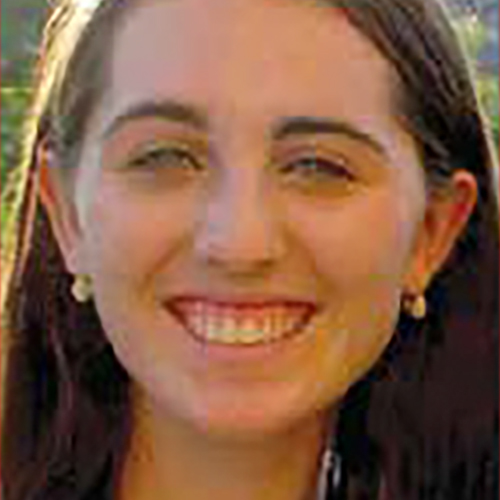 |
Maria MessickElectrical Engineering and Computer Science Advisor: Erik Demaine, Electrical Engineering and Computer ScienceSponsor: Shell International Energy-efficient algorithm compiler My task this summer was to build a compiler with a team of two other undergraduate students for Professor Erik Demaine and graduate student Jayson Lynch to use in their research on reversible algorithms. Reversible algorithms in theory are completely energy efficient because they do not create or destroy information, the source of energy loss in a computer program. A compiler converts a high-level language into a lower-level language, by first parsing the high-level language into a grammar, separating out key words and variables, and then interpreting these and converting them into the lower-level code. Our goal for the summer consisted of developing high-, intermediate-, and low-level languages and a compiler to allow us to convert one to the other in order to help assist our professor and graduate student to assess the energy efficiency of their reversible algorithms. I loved writing the code for the compiler and working on fixing bugs. I’m not sure I would want to work in theoretical computer science, like my graduate student and professor, but I am interested in developing code. Building this compiler did not directly work with new technology in the energy sector, but it will help us improve on the efficiency of our current technology. This project showed me that there is room to improve our energy efficiency in many more fields than I had previously realized. |
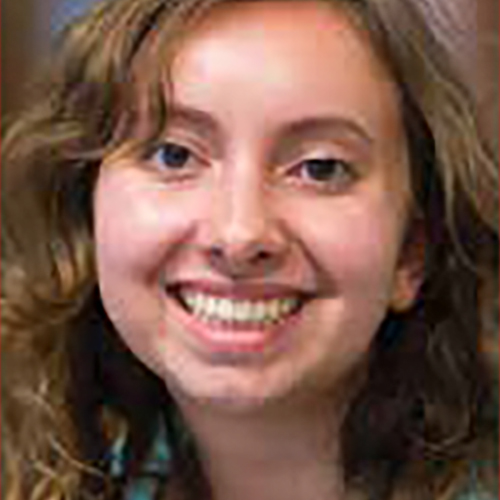 |
Alexandria MiskhoChemical Engineering Advisor: Gregory Stephanopoulos, Chemical EngineeringSponsor: Shell International Conversion of waste to volatile fatty acids for use as biofuel energy source Over the course of the summer, I have been assessing the most efficient manner of turning waste—food waste and yard waste—into biofuels. Using high-proficiency liquid chromatography, I analyzed the components of samples of broken down waste to find the concentrations of fatty acids in each sample. I tested the different types of waste, moisture content, and the importance of shaking, rather than just incubating, and found promising results in the end of each trial. From there, Yarrowia was grown on the fatty acids, testing to make sure that it was possible to then transform these acids into alkanes and other substances that can be used in biofuel production—which is the ultimate goal. |
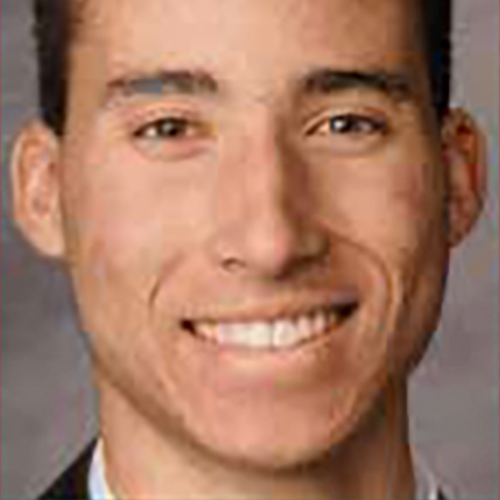 |
Devin MorganMaterials Science and Engineering Advisor: Carl Thompson, Materials Science and EngineeringSponsor: George R. Thompson, Jr., ’53 Production of carbon nanotubes for lithium-air batteries While participating in an Energy UROP under Professor Carl V. Thompson, I was assigned the task of quantifying and addressing the amount of variation that occurred between the heights and areal-densities of the Carbon Nanotube (CNT) carpets grown in their Chemical Vapor Deposition (CVD) system that they had constructed to grow CNT carpets for further experiments related to lithium-air batteries. The most enjoyable aspects of this project for me involved being able to conduct true research for the first time in my life. By growing CNTs, massing them, and using Scanning Electron Microscopy (SEM) to measure their heights, I can now relate to the stresses, pressures, and excitement of being a research scientist at MIT. In addition to doing research, the other impactful experiences I had while in the Energy UROP program were the extensive conversations that I had with my mentor, Duanhui Li. We talked about everything ranging from the differences in approaches to education between China and America to the future of lithium-air batteries. As a result of this experience, I would like to pursue an energy-oriented degree at MIT. |
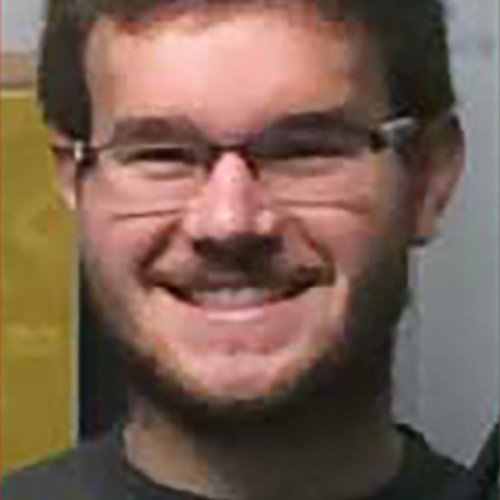 |
Thomas NeedhamMechanical Engineering Advisor: Leslie Bromberg, Plasma Science and Fusion CenterSponsor: Tata Center for Technology and Design Engine modification for hydrocarbon reformation/syngas production This summer entailed making a stable platform to reform methane-rich gas collected from sources normally wasted and convert it to syngas to be further catalysed into common liquid fuels. While this process is common, the aim of this project was to crack the methane in an easily scalable and robust diesel engine with some modifications, rather than a complex and costly reactor. My main focus throughout the summer was aiding in designing the experiments, as well as maintaining and improving the test cell setup—my personal favorite. Being able to work hands-on with a large-scale research project was a fantastic opportunity, and it allowed me to “see behind the curtain” of research that so often makes big headlines. While this was excellent exposure in an interesting field, I see myself devoting my studies to domestic problems of manufacturing and automation. |
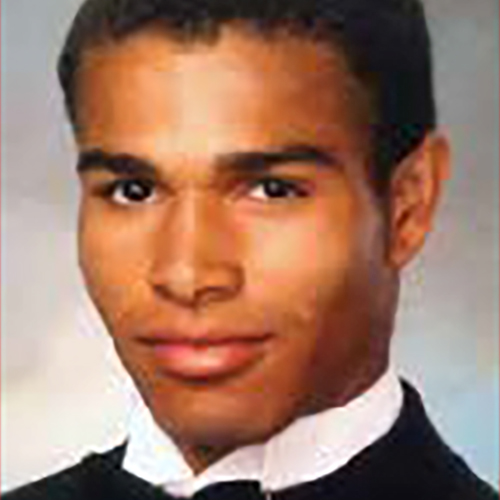 |
Taylor NjakaMechanical Engineering Advisor: Franz Hover, Mechanical EngineeringSponsor: Chevron Design and construction of ocean wave energy converters This summer, I worked with the Marine Robotics Team on generating electricity from ocean waves. The goal was to design a generator that is small, easy to build, and cheaper than its maritime solar equivalent. With a basic design in mind, we used extensive Matlab simulations for optimization and to get an idea of how many watts we could actually generate. Many of the models Matlab tested could potentially generate over 1 watt for every 10 dollars spent on materials. The prototype we made produced 6.8 watts continuously at 1.5’ tall waves, but the parts cost about $350. The glory of this project is that we were actually able to design and optimize generators that are nearly indestructible, with only one moving part, which could generate power at all times—day or night, sunny or stormy—so long as the surrounding water is not perfectly still. |
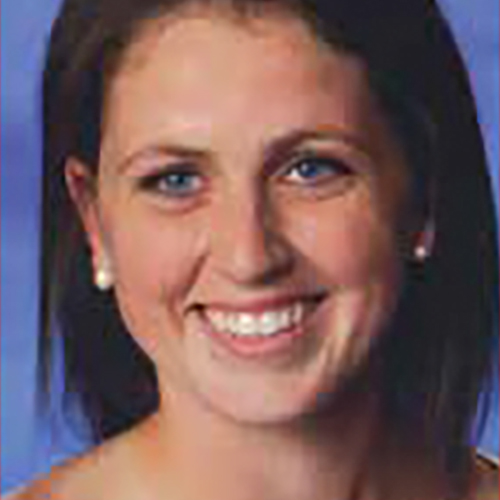 |
Morgan O’BrienElectrical Engineering and Computer Science Advisor: Amy Glasmeier, Urban Studies and PlanningSponsor: Chevron Developing interactive tools for a textbook on economic geography The goal of my project was to help create and code tools to go along with a new textbook that combines economic geography and energy. The tools are interactive web-based modules relating to certain topics of the book that will allow students to get a more thorough understanding of the information. I not only further developed my computer science skills by learning web development, but also learned more about economic geography and global energy systems. I really enjoyed how my Energy UROP combined very different areas of studies; one that I was familiar with, computer science, and another that I did not have too much prior knowledge about, the economic geography of energy. The new knowledge I have gained about energy has caused me to consider doing an energy studies concentration or minor. |
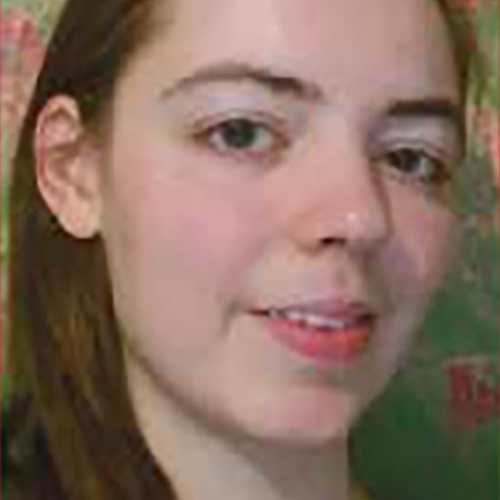 |
Julia O’DonnellMaterials Science and Engineering, Wellesley University Advisor: Yang Shao-Horn, Mechanical EngineeringSponsor: Chevron Photoelectrocatalysis in nanostructured hematite thin films I worked to improve the surface coverage of nanostructured hematite samples for photoelectrochemical applications. The summer Energy UROP gave me an appreciation for the fine-detail precision necessary for repeatable results, and I learned that an energy device’s “efficiency” might be reported in several fashions difficult to compare. I learned that energy academia emphasizes theoretical possibilities, which are intriguing but of less personal interest than more immediate real-world applications. Although I enjoyed the freedom to design my own experiments, this summer experience helped me realize that I would like to pursue a career in the hands-on discipline of engineering. |
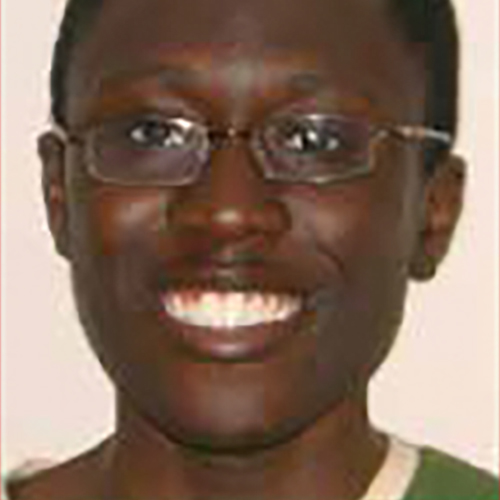 |
Akwasi Owusu-AkyawMechanical Engineering Advisor: James Kirtley, Electrical Engineering and Computer ScienceSponsor: Lockheed Martin Improving solar technology and micro-grid efficiency using microinverters My Energy UROP consisted of two projects: helping to create an efficient micro-inverter and improving the efficiency and power factor of a single-phase induction motor. One of the best parts of this UROP was the ability to have hands on experience in a graduate lab. By having this experience, I was able to understand what tools are used to measure values such as torque, power, and voltage. To be honest, this UROP has increased my interest in the energy field because it revealed the effects of reactive power on devices such as motors and micro-inverters. Initially, I thought that the only main issue related to power was heat dissipation. However, if not managed correctly, reactive power can have a serious effect on the efficiency of a device. In addition, this UROP has enhanced my organizational skills, especially in situations when my advisor was not actively overlooking my progress. |
 |
Paola PerezBiological Engineering Advisor: Bradley Olsen, Chemical EngineeringSponsor: William Chao ’78 Assembly of globular coil fusion proteins for biofuels catalysis My project aims to develop block copolymer fusion systems containing a globular protein and a coil-like protein as analogues to protein-polymer conjugates, and investigates the self-assembly and nanostructure formation for biofunctional catalysis applications. With no prior experience in this area, I enjoyed learning different techniques by doing as opposed to reading or hearing about them. I do not have a clear vision of what I want for my future, but I do know that I am invested in this project and will continue working on it during the upcoming fall semester. Applying biology for a potential application in biofuel catalysis made me realize the importance of multidisciplinary topics in modern energy research. This project has required me to learn about molecular biology, energy, materials science, and chemical engineering, making this project a valuable experience for me moving forward in energy research and my future career. |
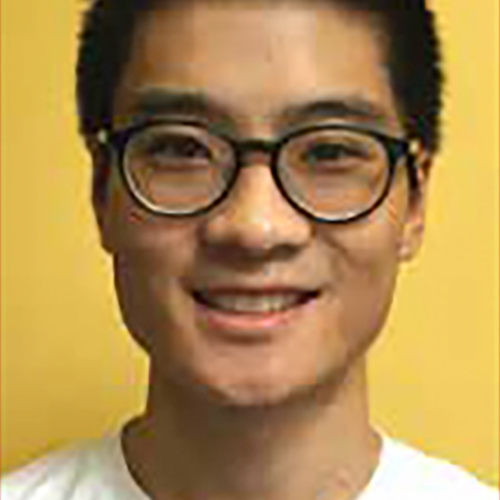 |
Licheng RaoMathematics Advisor: Erik Demaine, Electrical Engineering and Computer ScienceSponsor: BP Energy-efficient algorithm compiler The purpose of my research project with a team following Professor Erik Demaine is to analyze the energy efficiency of current compilers and help establish a framework that would optimize the performance and the energy cost of future compilers. Even though there was a steep learning curve to this area of study, the team was very helpful at answering my questions and helping me understand the necessary material. In the end, the discussions and the collaborative effort to construct a prototype of the end result were particularly rewarding. My first project dealing with energy made me realize the power of energy in the study of optimization, and consequently, how interconnected it is with everything we do. As a student, I have also improved many interpersonal skills that were essential to working in a team. |
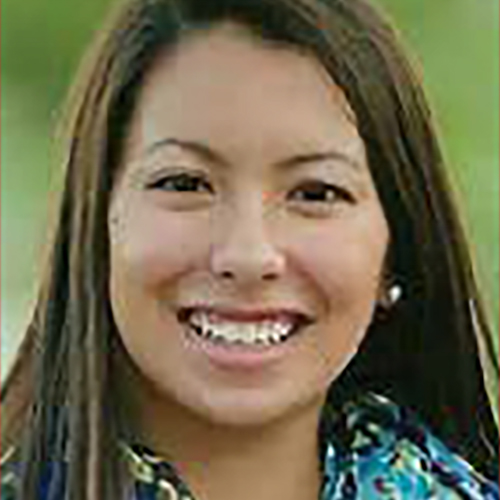 |
Madeleine SeveranceElectrical Engineering and Computer Science Advisor: Sheila Kennedy, ArchitectureSponsor: Shell International Reducing portable solar footprints: Development and testing of portable light circuit with mono-crystalline solar cell This summer I worked on the Portable Light Project, a nonprofit organization that provides low power solar kits to developing areas that do not have electricity. The kits contain an LED for light and a USB port for cell phone and other electronics charging. I worked specifically on the branch of the project located in the Amazon. One of my main objectives was to test two different solar panels on their quickness in charging lithium-ion batteries. In addition, I optimized the LED light levels and runtimes to better match the needs of the people in the Amazon by studying the LED driver, calculating theoretical runtimes, and modifying resistors on the circuit. I enjoyed learning about electronics and seeing my work impact the greater project. This UROP reinforced my desire to pursue an energy-related career and also the importance of moving towards more renewable energy, especially in emerging markets. |
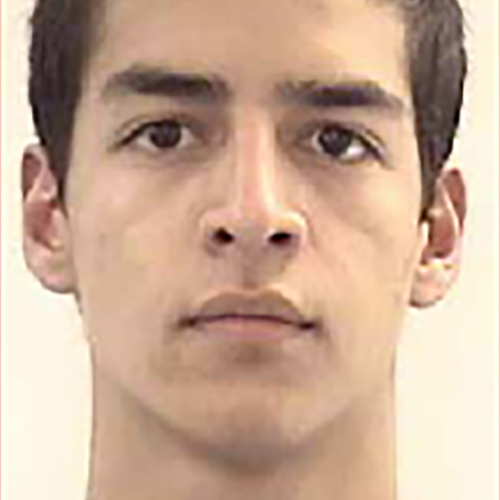 |
Jarrod SmithMechanical Engineering Advisor: Daniel Frey, Mechanical EngineeringSponsor: Chevron Developing an electric Porsche 914 My summer research focused on a number of different projects for the Electric Vehicles Team. My primary focus was continuing work on our electric 1976 Porsche 914. After we recently restored the car to working order, my work included going through the electrical systems and updating the documentation and wiring schematics. I also used LabVIEW to implement a National Instruments touch screen system for displaying the battery and motor data. Other team projects included completion of a long-range trike and trailer combination that we designed over the course of the past year. Towing a 300 pound trailer of batteries, we successfully rode from campus to Albany, NY on a single charge. I am glad that this Energy UROP and the Electric Vehicles Team have given me an opportunity to gain extensive firsthand experience working with alternative forms of transportation, and I’m looking forward to continuing related work in the future. |
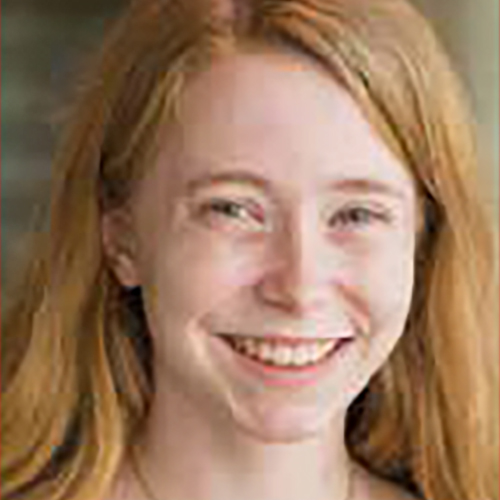 |
Rebecca SteinmeyerMechanical Engineering Advisor: John Germaine, Civil and Environmental EngineeringSponsor: Schlumberger Conceptual design of a set-up that enables electrical measurements downhole The goal of my UROP project this summer was to develop a conceptual design for a downhole system to monitor the resistivity of oil well cement in order to detect microcracks as soon as they occur, which will prevent environmental damage due to gas leaks and oil spills. My project was sponsored by Schlumberger, so I was able to get a taste of both research and industry in a field that I had not previously had the chance to explore. I enjoyed the collaborative environment at Schlumberger and the opportunity to work on a team with three other MIT students, with the four of us each focusing on a specific area of the overall project in order to achieve a mutual goal. I look forward to applying the skills I learned with my UROP this summer in my future endeavors as an engineer. |
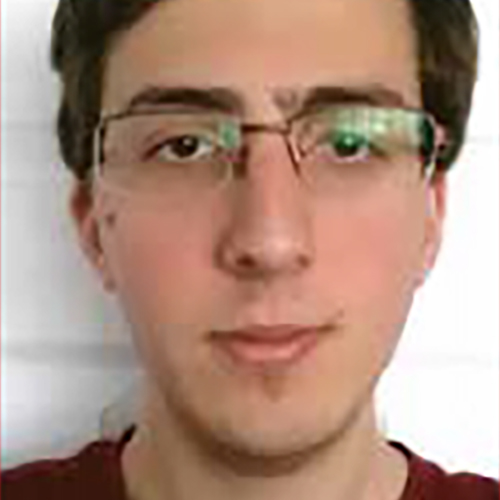 |
Joseph ValleMaterials Science and Engineering Advisor: Yang Shao-Horn, Mechanical EngineeringSponsor: New York State Energy Research and Development Authority Understanding the reaction kinetics of vanadium-redox flow batteries The goal of my project was to obtain an improved fundamental understanding of the reaction kinetics of vanadium-redox flow batteries (VRFB). I enjoyed gaining a greater understanding of the electrochemistry and electrochemical techniques, which are used to investigate batteries. My UROP research reaffirmed my initial belief that I would like to investigate batteries because I found the theory behind how batteries worked and what limits them very interesting. My UROP did make me want to try my hand at more applied research, because I felt at times that I could not see an application for the work which I was doing. However, overall I was left with a very positive experience in which I learned many new things and had fun while doing it. |
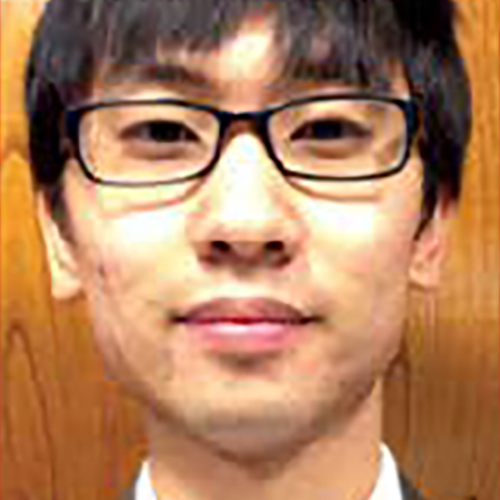 |
Daniel WangMechanical Engineering Advisor: Richard Fletcher, D-LabSponsor: Tata Center for Technology and Design Development of machine learning algorithms for pulmonary diagnostics The goal of my project was to develop an Android-based app that can diagnose pulmonary disease from recordings of breathing. Currently, the project is still in the planning phase and my job was to determine the mathematical approach that the algorithms would utilize. I enjoyed reading journal articles and learning about the state of the art in subfields of machine learning. This project opened my eyes to the diverse topics present in the world of energy and how seemingly unrelated subjects can be united in surprising ways. I had not planned to work in energy after graduation, but this project showed me that the energy field is much larger than I thought. While I don’t plan on seeking out a career in the energy sector, I may very well work on energy-related projects and would be happy to do so. |
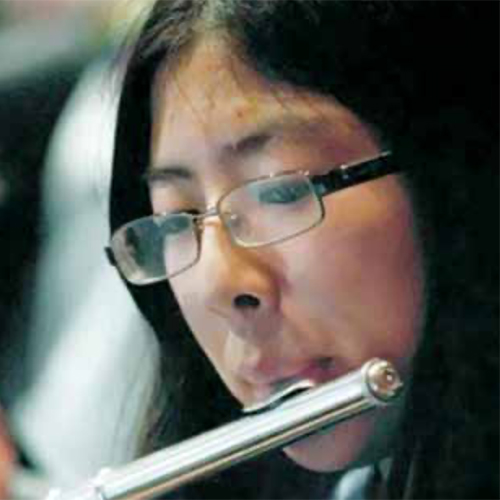 |
Phoebe WangMechanical Engineering Advisor: Leon Glicksman, ArchitectureSponsor: BP Energy efficiency in MIT labs The goal of the project was to detail the energy use distribution of Buildings 16/56, 18, and 76 in order to 1) identify the best practices and system choices in use, and 2) identify and quantify solutions for energy use improvement. I enjoyed unraveling the complex workings of a modern building and seeing how they fit together. While participating as an Energy UROP this summer, I learned to further appreciate the breadth and multi-disciplinarity of the energy field; as a Course 2, I would not be surprised to encounter energy-related work sometime in my career. This UROP led me to a greater appreciation of the fundamental humanity of energy research (and research in general, for that matter); much of my work was based on information gathered from meetings with various administrators, staff engineers, and industry members. I also gained experience working intimately with a group on an extended project. MITEI and the Energy UROPs were saddened by Phoebe’s passing this fall—she was actively engaged in our community and is greatly missed. |